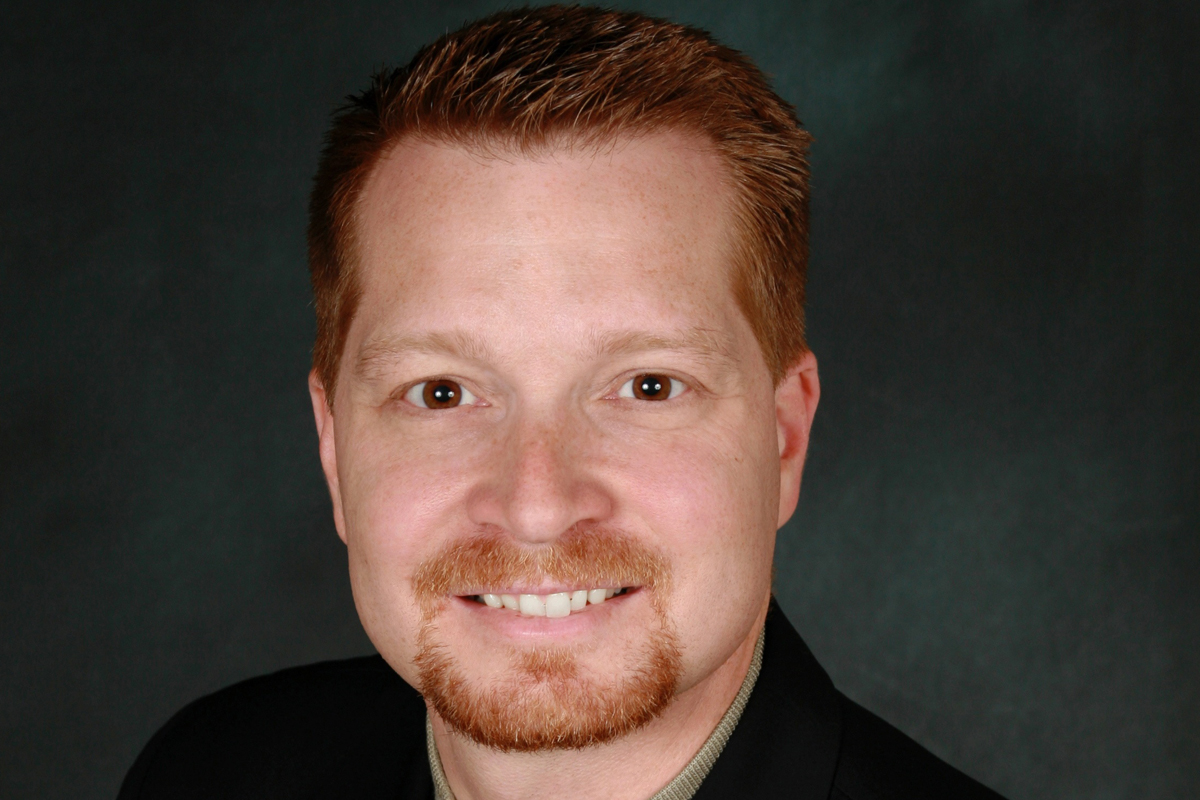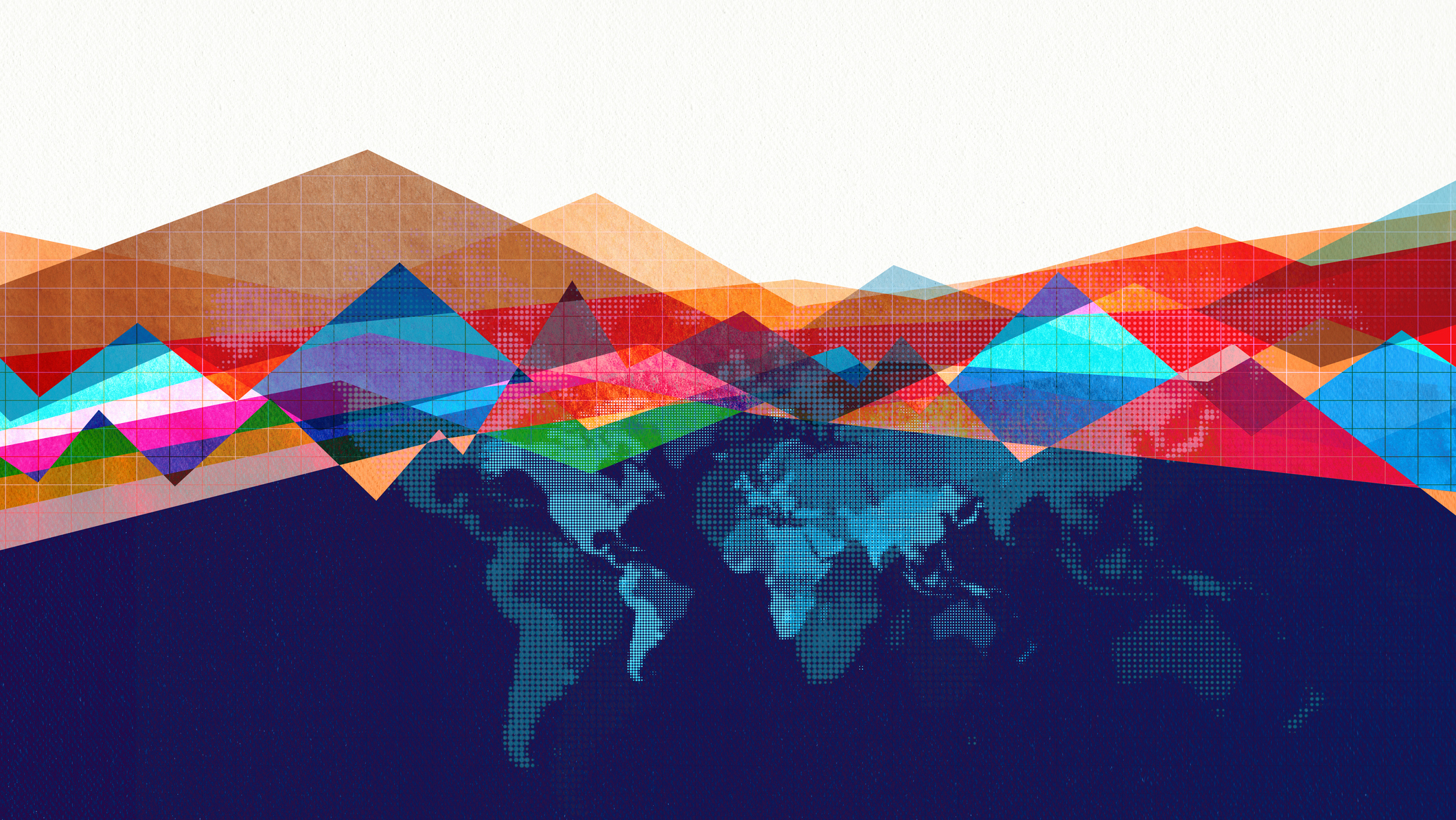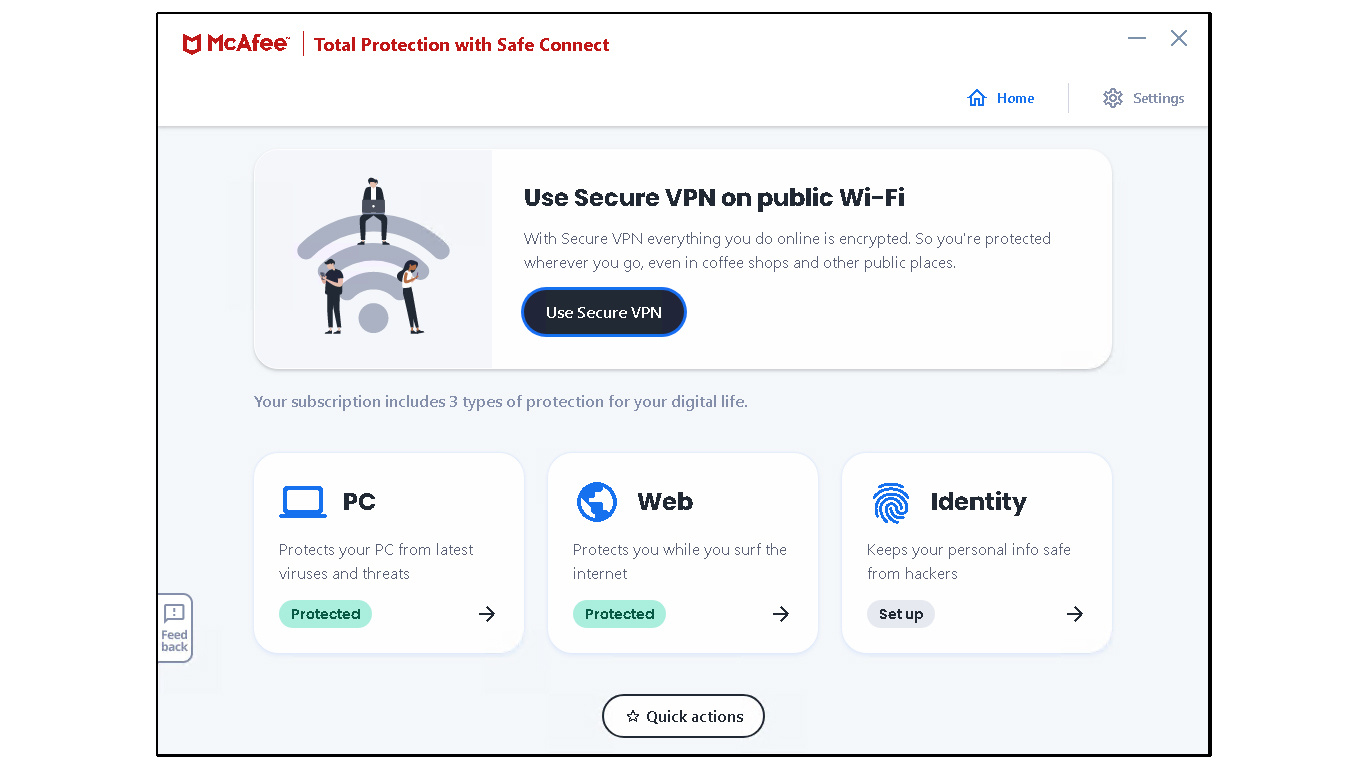Q&A: George Kurtz, CTO, McAfee
We met with the chief technology officer (CTO) of McAfee, the largest dedicated security vendor, to discuss the growing information security threats facing business, and how IT professionals can respond.

That's the best part about it. If you look at social networking and Web 2.0 whether it's LinkedIn, Twitter, blogs or Facebook you can gather all this information. It's network reconnaissance and network footprinting putting a picture together of a company you are attacking.
But now they are taking it to a new level which is [to] understand the social interactions companies have, who does what and who talks to whom. Once we understand that we can target it, and then drive into the technology level. If you look at people's blog posts or LinkedIn you have a pretty good understanding of the technologies they have in use and who does what for a company. It is pretty easy to map out who does what for any of the larger companies.
So is it stretching the point to say that whenever someone in your business uses a social networking site or communicates via a blog it provides just that little bit more intelligence to the bad guys?
Everyone has an online persona now. If you are online in some fashion you have an online persona. You don't just get online but have the equivalent of a financial track record in the IT world. Your reputation is being built over time.
Given that we can't roll back or un-invent social networks and businesses find these tools extremely valuable how do we give organisations greater levels of protection? What practical steps can they take?
The biggest challenge we face is the social and human aspect. Whatever you put out there you need to be aware, it's like putting it on a postcard. If you put details about your social life or family online, that can be used in some fashion. The average consumer and the Generation X person is putting all that information out there, but you have to refine your [online] persona.
People have to understand that their information is out there, and we have to mitigate that loss of privacy and put in other controls on how that data is used.
Sign up today and you will receive a free copy of our Future Focus 2025 report - the leading guidance on AI, cybersecurity and other IT challenges as per 700+ senior executives
-
 Amazon is facing a torrent of fake North Korean job applicants
Amazon is facing a torrent of fake North Korean job applicantsNews Analysis from Amazon highlights the growing scale of North Korean-backed "fake IT worker" campaigns
-
 CRINK attacks: which nation state hackers will be the biggest threat in 2026?
CRINK attacks: which nation state hackers will be the biggest threat in 2026?In-depth The past year has seen a number of attacks performed by China, Russia, Iran and North Korea (CRINK)
-
 McAfee and Visa offer 50% off antivirus subscriptions for small businesses
McAfee and Visa offer 50% off antivirus subscriptions for small businessesNews UK Visa Classic Business card holders can access the deal starting today
-
 McAfee Total Protection review: Expensive at full price
McAfee Total Protection review: Expensive at full priceReviews Protects your PC and includes a decent firewall, but costly and less effective than some rivals
-
 McAfee Total Protection review: Quick, effective and affordable
McAfee Total Protection review: Quick, effective and affordableReviews A solid security choice, with perfect malware protection, a fully functional VPN and more
-
 McAfee’s zero trust solution strengthens private applications’ security
McAfee’s zero trust solution strengthens private applications’ securityNews MVISION Private Access grants secure access to private resources from any device or location
-
 PowerShell threats increased over 200% last year
PowerShell threats increased over 200% last yearNews A new McAfee report finds PowerShell attacks driven largely by Donoff malware.
-
 McAfee to sell enterprise business to STG for £2.8 billion
McAfee to sell enterprise business to STG for £2.8 billionNews The enterprise business will be rebranded, with McAfee focusing on personal security
-
 Has the US government finally nabbed John McAfee?
Has the US government finally nabbed John McAfee?News Official Twitter account claims notorious tech tycoon has been “detained by authorities”
-
 John McAfee ordered to pay $25 million over neighbour's murder
John McAfee ordered to pay $25 million over neighbour's murderNews Controversial figure insists that he will not pay